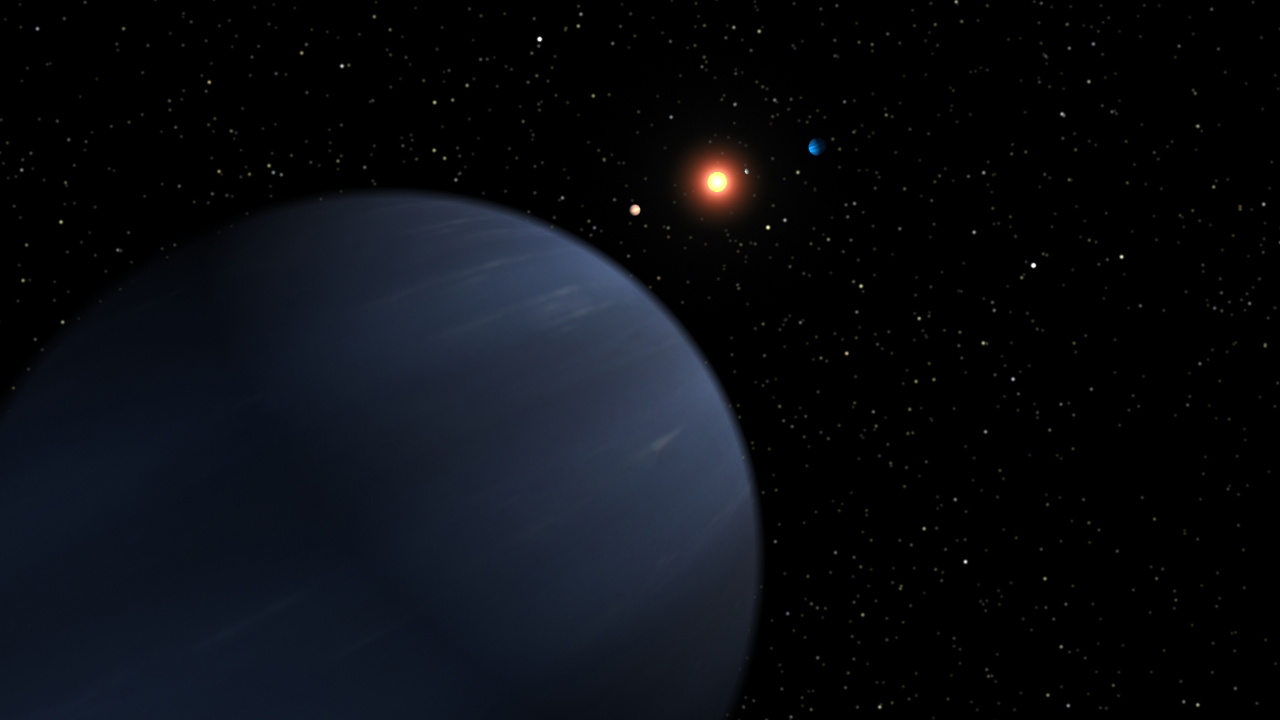The Hunt for a Second Earth
The Higgs Boson might have been the biggest discovery of 2012 in Physics but this year’s top story may be bigger than that. Earth-sized, to be more specific. Launched in March 2009, NASA’s Kepler space telescope continuously tracks and analyses over 150 thousand stars in the Milky Way, looking for signs of planets orbiting them.
Kepler began as a 3.5 year mission but its lifetime was extended to 2016 in early 2012, allowing for more data to be collected that could finally confirm the existence of Earth-like planets. As of December, 105 exoplanets have been found by the mission and several hundred candidates are awaiting confirmation. But how do we observe these far away planets?
Planets are extremely small and faint compared to their star, rendering direct observation impossible in almost all cases. Only in the past 20 years have indirect methods, such as looking for planetary transits or calculating radial velocities, become precise enough to allow for the detection of exoplanets.
Kepler and other programs, such as the ground based SuperWASP or the upcoming CHEOPS, look for the dip in the brightness of a star that occurs whenever a planet crosses in front of it. A Jupiter-sized planet would cause a dimming of about 1 per cent in the Sun’s luminosity while the effect caused by an Earth-like planet is a hundred times less, which NASA compares to the dimming caused by a flea crawling on a car’s headlights viewed from several miles away.
Using the percentage drop in light, the size of the planet can be calculated. The period between transits, alongside the star’s mass, can be used to find the planet’s orbital radius. Knowing that, we can then determine if the planet lies in the star’s habitable zone, i.e. if it lies in the zone where the temperature is just right for liquid water (and perhaps life as we know it) to exist.
So far no true Earth analogue has been discovered. Most exoplanets found have masses similar to Jupiter’s or Neptune’s and orbital radii ten to a hundred times smaller than Earth’s. The reason for this is simple: bigger planets cause bigger dips in the star’s brightness and a planet is only confirmed to exist if at least three transits are observed. An alien astronomer in a faraway planet would have to observe our Sun for at least three years to confirm the Earth’s existence and that is why the mission’s extension was so crucial.
But what happens when we do find a planet that ticks all the boxes? Further investigation could unveil the composition of its atmosphere; the detection of an oxygen-rich atmosphere would further increase the probability of life existing “out there”. Perhaps the SETI(Search for ExtraTerrestrial Intelligence) Institute could even try to “listen” to potential radio emissions from alien civilizations on the planet.
But that would be it. The idea of sending astronauts or even robotic probes to these “twin Earths” will remain in the realm of science fiction for the foreseeable future (if not forever), the distances are too immense. Even communication with potential civilizations is unlikely to happen, a message sent to the closest Earth candidate would take two decades to arrive and there is no guarantee that our alien friends would even be capable of “listening”.
Why then spend so much money (the funding for its initial 3.5 year lifetime was estimated at US$ 600 million) in such a mission? Many would say the money would be better spent on more “useful” research, something to improve this world rather than finding an unreachable one. Astronomers, on the other hand, will say that the data will help us understand how solar systems are formed and paint a more complete picture of our galaxy, in addition to shining a light on that age-old question: “Are we alone in the Universe?”

Comments